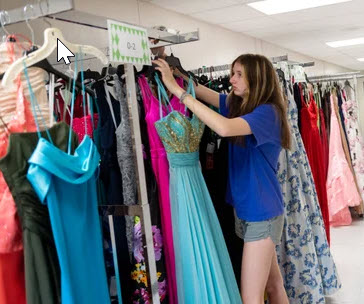NASA Astronaut Returns to Earth After a Year in Space
March 3, 2016
U.S. NASA Astronaut Scott Kelly, along with Russian cosmonauts Mikhail Kornienko and Sergey Volkov, returned to Earth late Tuesday night after spending nearly a year aboard the International Space Station. After landing in the Kazakhstan desert, the three immediately underwent field tests to ensure their safety. This mission is the longest an American astronaut has ever seen, and Scott Kelly has now officially spent more time in space than any other U.S. astronaut.
One of the investigations conducted during the mission was to see how the body holds up in space; to see how it adjusts to isolation, weightlessness, radiation, and the stress that comes from such a lengthy spaceflight. After living aboard the International Space Station for 340 days, Scott Kelly has come back to Earth approximately 2 inches taller than his identical twin brother Mark Kelly, a former astronaut himself. The National Space Biomedical Research Institute will continue to monitor for weak muscles, brittle bones, balance issues, decreased heart size, and an increased risk for cancer. The research Kelly and his counterparts have conducted will help scientists better understand the human body and how it responds to spaceflight for long periods of time. NASA’s Journey to Mars will benefit from this knowledge specifically, as this round-trip mission will last around 500 days.
During the trip, the crew conducted almost 400 investigations. One project studied the effects of spaceflight on fluid shifts in the body during weightlessness. These shifts may be due to an increase in intracranial pressure that occurs in space. This knowledge is crucial to the safety of other astronauts on future missions. The crew also examined dark matter, tested network capabilities in spacecraft, and took updated pictures of Earth.
Thanks to this mission, NASA will be able to study the tests that were conducted for years. This information will benefit future missions, such as putting a man on Mars, and will help better our understanding of space travel. If you are looking for more information on this, the media will be speaking with Kelly on Friday. NASA TV will air briefings at 1 and 2 p.m., from NASA’s Johnson Space Center in Houston.




